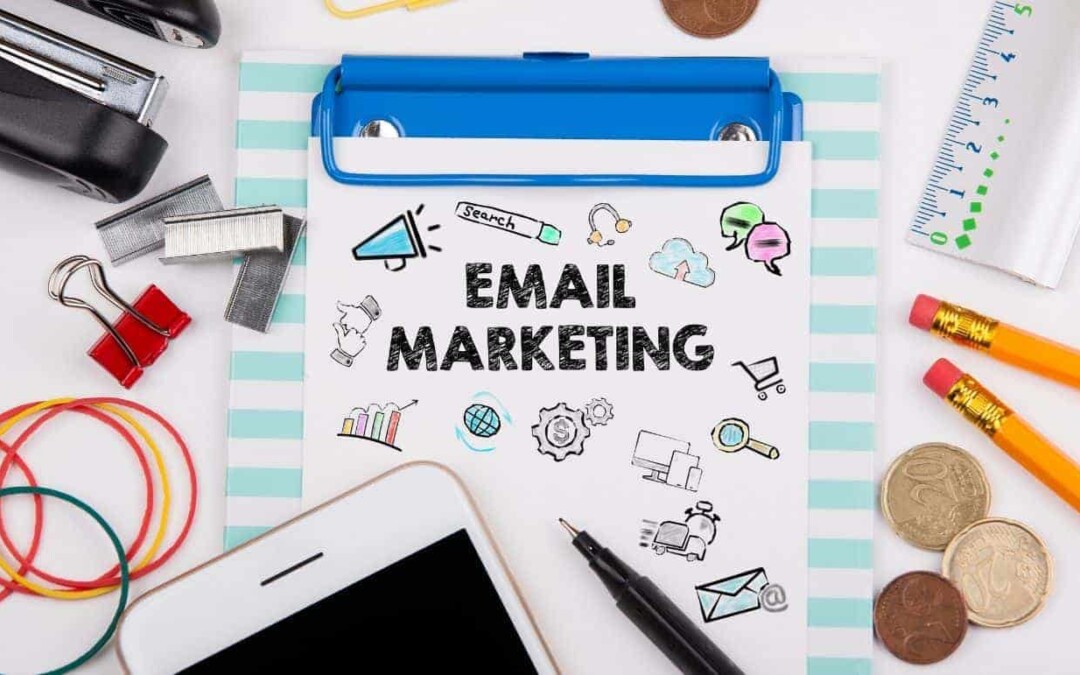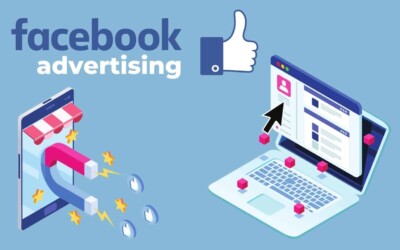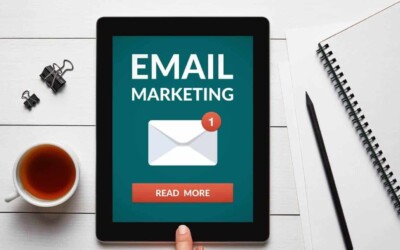Email Marketing best Practices
Table of Contents
Why is email marketing nowadays so important?
The first email, sent by Ray Tomlinson in 1971 or 1978 counting on your source, marked the start of the fashionable communication era. The message was nothing special, a series of numbers and letters that looked more sort of a password than a message, but its significance was profound.
Today, we’re inundated with email marketing campaigns, and yes, a number of it still feels spammy, but there is no denying the impact a well-crafted message can wear your customers—not to say CRM and lead nurturing.
Email marketing helps you connect together with your audience to market your brand and increase sales. you’ll do tons of things with emails, like sell products, share some news, improve your cart abandonment rate or tell a story.
If you propose to try to do some Internet marketing to market your business endeavor, you ought to seriously consider email marketing as a minimum of one tier of your Internet marketing campaign. Many businesses owners’ recoil from email marketing because they believe all email marketing campaigns are purely spam. However, this is often not true and not partaking during this sort of marketing can cause your business to lose out on an excellent deal of business. By not appealing to potential customers via email, your business may lose an excellent deal of business to competitors who are using email marketing campaigns to succeed in customers round the world. However, the primary step of an email marketing campaign should be creating an email list. this text will discuss some popular options for doing this and will help to the reader to find out more about what’s acceptable and what’s not when it involves email marketing.
Does email marketing work?
When you want to speak something about your brand or sell your stuff, email marketing is one among the foremost cost-effective ways to do it.
In fact, a 2015 study by the DMA found that for each $1 spent, email has a mean $38 return on investment (ROI). When shoppers are able to buy something, they often search for emails from their favorite stores.
Still, people receive more and more email all the time, and it are often challenging to face call at full inboxes.
You’ll see the very best ROI once you build and maintain an engaged subscriber list, made from people that want to receive your messages (and who opted in on purpose). Although building a clean list can take more work on the outset of your email marketing strategy, there are newsletter programs with lists have built-in tools to assist you along the way.
There are many ways to seek out people who’ll anticipate to getting your emails, but we’ve rounded up a couple of that employment best.
How do I start with my email marketing strategy?
Now Once you’ve got made the choice to start out using email marketing to market your business you’re likely facing the dilemma of compiling an email list. This is often essentially an inventory of email addresses to which you’ll email your advertising and promotional materials.
How can I create an email list?
Create a signup form on your website. When people come to your website for the primary time and like what they see, they’ll need a thanks to stay in-the-know about your brand. Create a form for newsletter signups and install a pop-up to gather customer data from your visitors.
A much better way to create an email list for your email marketing campaign is to ask current customers also as interested potential customers to register together with your website to receive additional information and periodic updates about your products and services also as other information which could be of interest to them. This provides you with a database of email addresses from current customers also as potential customers who have a real interest in your products and services and who have an interest in learning more about these products and services.
Use an honest old-fashioned signup sheet. Whether it’s at your brick and mortar store, or an occasion that you’re hosting or attending, when you’re surrounded by people that are into what you are doing, provide an area for them to check in and learn more.
Drive sign ups through social media. If you don’t have a considerable email list (or you’d a bit like to ascertain it grow), but you’ve got an engaged social media following, tap into that resource. Share your signup form on your social channels.
To add more subscribers to an existing list:
Host a contest or offer a reduction. We’re big fans of giving people an incentive to check in for your email list—and we all know that contests work. Try offering a prize for a few lucky new subscribers or a reduction code for a primary purchase.
Make your emails easy to share. When you create beautiful, compelling emails, with tons of valuable information people will want to share them.
You can also build a landing page for your newsletter. Landing pages offer another thanks to grow your email list. Using your best imagery and content, landing pages give people a transparent call to action and drive email signups way, way up.
Can I buy an email list?
No. you ought to not buy an email list.
Purchased lists are ineffective. If you send emails to an inventory of individuals whose contact info you purchased, many of the emails will get identified as spam and you will also get high unsubscribe rates. Some spam filters will flag an email campaign if anyone with an equivalent IP has sent spam within the past.
Internet users are very quick to delete materials they believe to be spam without even opening or reading the emails. Actually, some Internet service providers include spam filters which can automatically delete your emails if your messages are deemed to be spam. These filters run complex algorithms on the topic heading and content of the message to work out whether or not it’s spam and are quite adept at removing spam. Therefore, you run the danger of getting your email marketing effort end up to be an entire waste if the bulk of recipients never even read or receive the message.
Don’t use third-party lists. This includes purchased or rented mailing lists, and lists scraped from third-party sources, including public websites.
Get permission. Everyone on your list should have decided in to receive emails from you, and their permission should be express and verifiable. If you employ one among our signup form options, we track this permission for you.
Include an unsubscribe link. Federal anti-spam laws require you to offer people how to unsubscribe from your list in every campaign you send. We require you to use our unsubscribe link.
I have my email list, now how I start my email marketing strategy?
Create an email marketing plan.
To make the design part easier, we’ve highlighted some best practices you’ll want to think about when devising a technique for your email marketing.
Define your audience
No matter what you sell, you would like to possess a transparent idea of who your audience is so as to effectively communicate with them.
Some of the foremost valuable data your signup form has got to offer is how and where subscribers check in for your list. If you’re an e-commerce business together with your store connected to your newsletter provider, knowing where your customers joined your list can offer you a far better idea of the way to communicate with them and where you would possibly want to focus your marketing efforts going forward.
Segments and groups
Once you’ve identified smaller collections of individuals within your larger audience, you’ll be ready to create groups and segments to send more relevant and personalized emails to your recipients—and the more relevant the campaign, the higher the results. There are times when you’ll want to send to your entire list, but by segmenting users and taking advantage of segmentation tools of your newsletter provider can significantly increase the click-through rates and e-commerce orders your campaigns generate.
Decide what to write down
Now that you simply know who you’re writing to, it’s time to believe your content. What does one want to mention to your audience? what’s your content marketing strategy? You’ll want to send emails with purpose, that basically speak to your subscribers, so always confine mind what they signed up for.
Establish your sending frequency and goals
There’s nothing set in stone about how often you ought to email your customers, but if you send too often, your subscribers are likely to tune out what you’ve got to mention or unsubscribe altogether. Some users that run a blog or news website might prefer to send daily updates to their subscribers, while other users only send twice a month so subscribers stay excited about their emails. prefer to send your email campaign at your own pace, and check the unsubscribe rates and therefore the click through rates to regulate the frequency if needed.
Make a schedule
One way to form sure you’re staying on target is to make a content calendar to schedule your campaigns, blog posts, social media posts, and more.
Your email marketing schedule will depend upon your industry, the kinds of content you send (content marketing strategy), and your sending frequency.
Design your emails
Design tips
When designing email campaigns, specialize in your message and keep your design straightforward. I propose laying out all the weather for your campaign during a hierarchy, putting your most vital information or the most takeaway toward the highest so people can quickly scan your email if they’re short on time.
Test your emails
Test in several email clients and ISPs
All email clients are created differently, which suggests that the campaign you designed might look slightly different in your subscribers’ inboxes. make certain to see the emails on mobile devices also as they will look different in responsive designs.
Send test emails to friends and coworkers
If you’ve got any friends or coworkers who can check your email for typos and provides you some feedback on the layout, you’ll send them a test email in order that they can preview the campaign directly in their inbox.
What you’ll do with marketing automation
Unlike regular campaigns, an automation may be a targeted email or series of emails that you simply can set and forget. From a welcome email series to follow up emails after a sale to rewarding your customers with a special incentive, automation helps you streamline your communications with customers so you’ve got longer to specialize in creating content and increasing return on investment (ROI). Plus, you’ll design, send, and track order notifications to update customers on purchases they made up of your store.
Measure your performance
The data collected in your newsletter provider reports will assist you refine your marketing strategy going forward.
Opens and clicks
These are the foremost obvious statistics for measuring campaign engagement, as they indicate how well your subject lines and campaign content resonates with a specific list. But it’s important to think about how your open and click on through rates compare to other companies in your industry—otherwise you’re watching your statistics during a vacuum.
E-commerce data
If you’ve connected your store to your newsletter provider and turned on e-commerce link tracking for your campaigns, you’ll view purchase data for your subscribers in campaign reports, subscriber profiles, and on the account dashboard.
Website traffic
The campaigns you send can assist you direct more traffic to your website or online store. And there are a couple of integrations you can sync with your newsletter provider so you’ll track any trends in website traffic or e-commerce activity after you send a campaign.
Related Posts
All you need to know about Facebook Ads
All you need to know about Facebook ads. A simple guide on how to set up your first campaign, and all the necessary steps to have success…
Why a Corporate Blog, is the most important tool for your business
A corporate blog is a blog operated by a corporation by one or more of its employees. Its basic functionality isn’t that different from “normal” blogs…
Top 5 Email Marketing Platforms
Email marketing is one the most important tools for your business. Email marketing may be a digital marketing strategy supported sending emails…
7 Steps Guide on How to Build an Online Business
How to build an online Online Business Services step by step guide. Simple guide, how you can build by yourself your online business services…





